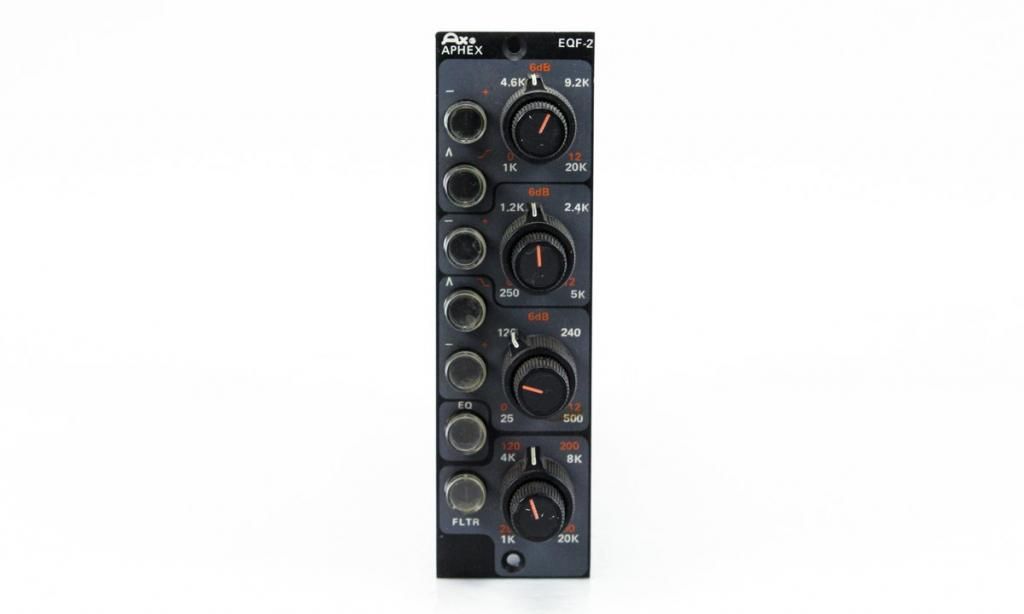BrownieD2W
Well-known member
- Joined
- Feb 19, 2010
- Messages
- 114
- Reaction score
- 1
I'm sure anyone looking for the Metallica tones on their Mesa's have at one point or another run into the MoP and Justice notes from Flemming Rasmussen. I have been looking at them at various times for a couple years, but more so the last year since I have obtained some of the equipment necessary to try the settings out. I think I have the gist of them, but I want to verify one thing with any of you that care enough to take a look at the notes and form an opinion. The main thing I am trying to get a solid grasp on is the Parametric EQ settings on the notes.
Example I: "...And Justice For All" Rhythm Guitars

Looking at that page as an example, and looking through the others @ http://web.archive.org/web/20061214024121/http://www.sweetsilence.com/GearSlutzNotes.htm , Flemming makes notes of B&B EQ 1 and 2, so if you were looking at those and the picture below to establish a visual reference (looking at the far right one).

Would you agree with me that the notes look like:
EQ1:
4.6 KHz is boosted by roughly 6db
1.2 KHz is cut by roughly 6db
120 Hz is boosted by roughly 4db
&
With EQ2 if you assumed that it roughly represented similar frequency ranges, since the Low Frequency mark is the same (240 Hz) as EQ1 that the boosts/cuts represented:
-Somewhere in the range of 6-8 KHz is boosted by 6db
-Somewhere in the range of 750Hz-1.0KHz is cut by 6db
-Somewhere in the range of 260Hz-300Hz is boosted by roughly 4db.
Basically I am wondering if my assumptions make sense. I think I am on the right track but I just want to see if people agree with me. If you looked at those boosts and cuts it would make sense for explaining the extreme tone of the Justice Album, with the mids being that cut and the high's and low's being that boosted.
Now for Master of Puppets, only one EQ is listed, but playing around with the settings on my own gear I found that the tone sounded much more accurate if I basically used the exact knob settings for the Mesa on my Mark V and cut/boosted the labeled frequencies for the Parametric EQ, but then cut the mids just a bit more with another EQ, essentially cutting the 1.2 KHz by another 6 (-12db total), and then 1 KHz by about 10, 500 Hz by about 10 as well. I know that is probably blasphemous to anyone who loves Mids, but when I did this it sounded soooo much more accurate and playing along with the album is fit pretty **** close for songs like Damage Inc.
Anyway, I apologize for the length of this but I would like peoples input on this. I am not expecting to reproduce the tone perfectly, I am just having fun trying to get as close as I can with what I have, and I would value peoples opinions or suggestions.
Example I: "...And Justice For All" Rhythm Guitars

Looking at that page as an example, and looking through the others @ http://web.archive.org/web/20061214024121/http://www.sweetsilence.com/GearSlutzNotes.htm , Flemming makes notes of B&B EQ 1 and 2, so if you were looking at those and the picture below to establish a visual reference (looking at the far right one).

Would you agree with me that the notes look like:
EQ1:
4.6 KHz is boosted by roughly 6db
1.2 KHz is cut by roughly 6db
120 Hz is boosted by roughly 4db
&
With EQ2 if you assumed that it roughly represented similar frequency ranges, since the Low Frequency mark is the same (240 Hz) as EQ1 that the boosts/cuts represented:
-Somewhere in the range of 6-8 KHz is boosted by 6db
-Somewhere in the range of 750Hz-1.0KHz is cut by 6db
-Somewhere in the range of 260Hz-300Hz is boosted by roughly 4db.
Basically I am wondering if my assumptions make sense. I think I am on the right track but I just want to see if people agree with me. If you looked at those boosts and cuts it would make sense for explaining the extreme tone of the Justice Album, with the mids being that cut and the high's and low's being that boosted.
Now for Master of Puppets, only one EQ is listed, but playing around with the settings on my own gear I found that the tone sounded much more accurate if I basically used the exact knob settings for the Mesa on my Mark V and cut/boosted the labeled frequencies for the Parametric EQ, but then cut the mids just a bit more with another EQ, essentially cutting the 1.2 KHz by another 6 (-12db total), and then 1 KHz by about 10, 500 Hz by about 10 as well. I know that is probably blasphemous to anyone who loves Mids, but when I did this it sounded soooo much more accurate and playing along with the album is fit pretty **** close for songs like Damage Inc.
Anyway, I apologize for the length of this but I would like peoples input on this. I am not expecting to reproduce the tone perfectly, I am just having fun trying to get as close as I can with what I have, and I would value peoples opinions or suggestions.





